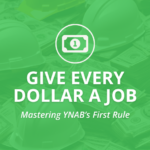Debt Paydown Strategies: Avalanche vs. Snowball Methods
- By Brett Schaffner
- In Budgeting
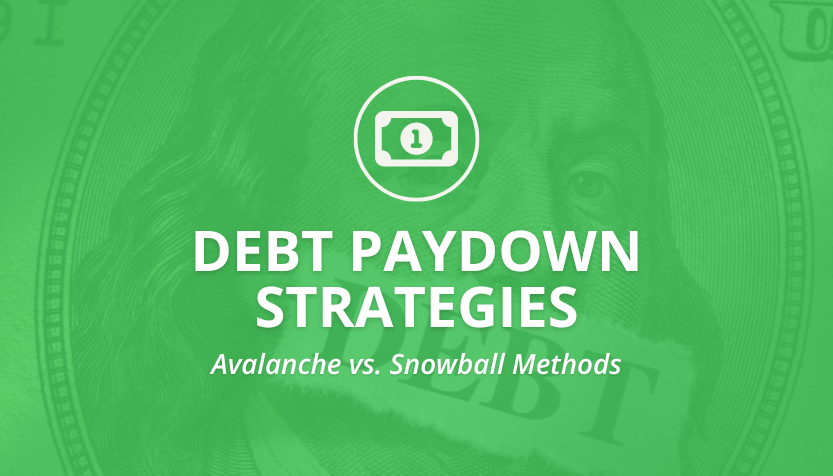
Debt happens. Whether it’s from student loans, credit cards, a medical emergency, or that shiny new car that was too good to pass up, many of us find ourselves in debt at some point. And while debt is a common part of modern life, it often comes with a heaping side of guilt and shame. But here’s the good news: you don’t have to feel stuck with it forever. A solid debt paydown strategy within your budget can be your golden shovel to dig your way out. Today, we’re going to break down two popular methods: the Debt Avalanche and the Debt Snowball. Let’s find out which strategy might be the best fit for you and get you on a path to financial freedom.
Understanding the Strategies
- Debt Avalanche: This method involves paying off your debts from the highest interest rate to the lowest. It’s like tackling the biggest, baddest debt bully first, ensuring you pay less interest over time.
- Debt Snowball: Here, you pay off debts from the smallest balance to the largest, regardless of interest rate. It’s about scoring quick wins that motivate you to keep going, building momentum as each balance disappears.
Pros and Cons
- Debt Avalanche
- Pros: Saves money on interest and can shorten the debt repayment period.
- Cons: Larger debts with higher interest rates might take longer to pay off, which can affect your motivation.
- Debt Snowball
- Pros: Quick wins boost morale and motivation; it frees up cash flow faster as smaller debts are cleared allowing you to re-assign those minimum repayment amounts to new jobs, such as the next debt in your strategy.
- Cons: Potentially more interest paid over time compared to the avalanche method.
Why I Recommend the Debt Snowball Method
While both strategies have their merits, I often recommend the Debt Snowball method to my clients. Why? Because the psychological boost of clearing debts one by one can significantly increase your motivation. For many, this is crucial in maintaining momentum in their debt repayment journey. Yes, you might end up paying a bit more in interest, but the psychological wins often outweigh the cost for those who need visible, tangible progress to stay on track.
For many of us, this is less of a numbers game (less paid in interest) and more of an emotional/psychological one (simply sticking with it for the long-haul). The Avalanche Method may make more sense in Excel, but it quickly costs more in interest when the motivation to continue paying off debt is lost three months in and a spending spree occurs as a coping mechanism.
In the end, knowing yourself and your triggers will guide you best in choosing the debt payoff method for your situation and personality.
My Story
From personal experience, I know the weight of debt all too well – a short time ago, I had over $15,000 in credit card debt (in my pre-YNAB days). Like many, the amount grew slowly over years as I pretended it was all okay until the total due was so much I didn’t even know how it happened and could no longer ignore it. But, by implementing a budget and using the Debt Snowball method, I not only cleared that debt but I am now on track to reach a six-figure net worth in a couple of months. I’ve felt the shame and guilt that comes with debt, and I’m here to tell you that there is hope and life is so much brighter on the other side and that the journey is doable.
Incorporating a Debt Strategy Into Your Budget
Successful debt repayment is all about integration into your overall budget. Here’s how you can incorporate it:
- Set a Budget: Use a tool like YNAB (You Need a Budget) to set up your budget and include all your debt payments as fixed expenses. This ensures they always get priority in your financial planning.
- Adjust as You Go: As you pay off each debt, reallocate the funds to the next debt in line. This keeps your budget dynamic and responsive to your changing financial landscape.
- Celebrate Milestones: Whether it’s paying off a credit card or reducing your overall debt by a certain percentage, recognizing your progress can be incredibly motivating and a little planned and funded treat can be a well-earned way to commemorate the win.
TRY YNAB FREE FOR 34-DAYS
Wrapping Up
Whether you choose the Avalanche or Snowball method, the important thing is that you’re actively working towards becoming debt-free. By incorporating these strategies into a thoughtful budget, you’re not just managing your money, you’re ensuring it works for you, paving the way to a brighter, debt-free future. Remember, every payment is a step closer to that freedom, even if it doesn’t feel like it today. Stay strong and invest in the long-game.
Want Help Getting Started?
Getting started with a budget can be a big (and hard) first step, but you don't have to do it alone! If you're looking for guidance on how to set up and maintain a budget using YNAB, consider signing up for YNAB coaching services. Together we can tailor a budgeting strategy that fits your lifestyle and your goals.
- Share:
You may also like
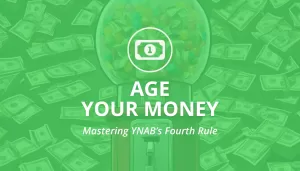
Age Your Money: Mastering YNAB’s Fourth Rule
- September 28, 2024
- by Brett Schaffner
- in Budgeting
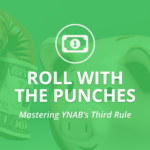
Roll With The Punches: Mastering YNAB’s Third Rule
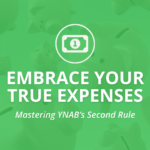
Embrace Your True Expenses: Mastering YNAB’s Second Rule
